Japanese suburbs offer a tranquil lifestyle, providing a refreshing escape from Tokyo’s fast-paced city center. Areas such as Chigasaki, Fuchu, and Kawagoe strike a balance between natural beauty, cultural heritage, and modern convenience. They are well-suited for families, seniors, or anyone seeking a slower, more relaxed pace of life. Rental prices in these suburbs are generally more affordable, with spacious homes and welcoming local communities, making them an appealing choice for long-term living in Japan.
What Makes Suburban Life in Japan So Special?
When people think about Japan, they usually imagine the lively streets of Tokyo or the timeless beauty of Kyoto. Yet, beyond these well-known cities, there’s another side that many overlook, the suburban areas. These neighbourhoods offer a calmer, steadier pace of life, where nature and community blend harmoniously. With lower living expenses, plenty of green spaces, and a strong connection to local traditions, the suburbs provide a refreshing alternative to the hectic city lifestyle.
Take Kawagoe, for example, with its charming historic streets reminiscent of the Edo era, or Chichibu, surrounded by peaceful mountain landscapes. Places like Karuizawa, famous for its cool climate and European-style homes, or Chigasaki, a serene coastal town in Kanagawa, demonstrate the wide variety of lifestyles available outside Japan’s urban centres. These locations are perfect for families, remote workers, or anyone seeking comfort without sacrificing convenience.
Living in these areas is often more convenient than expected. Thanks to well-developed train systems, residents have easy access to healthcare, schools, shopping, and daily necessities, all without the crowding typical of big cities. Moreover, local communities take pride in maintaining clean, safe, and respectful environments. Seasonal festivals, neighbourhood gatherings, and traditional crafts remain an important part of life, enriching everyday routines with a meaningful cultural touch.
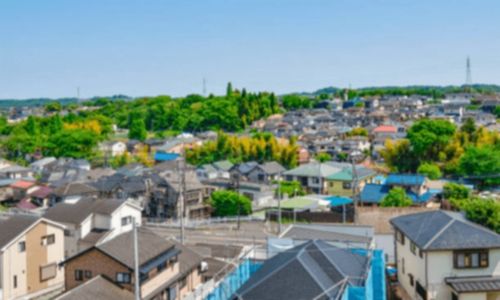
Peaceful suburbs offering tradition, nature, and comfort.
Cultural and Historical Charm
Kawagoe (Saitama) – “Little Edo” Near Tokyo
For visitors wanting to experience more of Kawagoe’s cultural depth, the Kawagoe Festival Museum offers a fascinating look behind the scenes of one of the region’s most beloved celebrations. Inside, you’ll find detailed displays of the festival’s ornate floats, traditional instruments, and costumes, giving a richer understanding of the craftsmanship and spirit that bring the October event to life.
Another hidden gem is Kashiya Yokocho, or Penny Candy Alley, a narrow lane lined with old-fashioned sweet shops that evoke childhood nostalgia. From colorful handmade candies to crunchy rice crackers, this area is a treat for the senses and a must-see for those who love traditional snacks and a bit of whimsy. Together with the town’s historical streetscapes, these spots add even more charm to Kawagoe’s already timeless appeal.
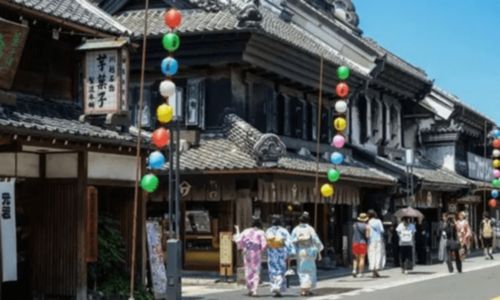
Kawagoe blends culture, history, and sweet nostalgia.
Chichibu (Saitama) – Land of Festivals and Nature
Nestled in the quiet landscapes of western Saitama, Chichibu is a destination steeped in culture and charm. Its most iconic event is the Chichibu Yomatsuri, a stunning night festival held every December. With enormous, ornately decorated floats, traditional performances, and a spectacular fireworks show, the celebration transforms the town into a lively, magical scene. Honoured by UNESCO for its cultural value, this winter highlight draws crowds who come to witness a perfect blend of heritage and spectacle under the winter sky.
Beyond the festive excitement, Chichibu offers peaceful retreats and scenic escapes. Hitsujiyama Park is especially loved for its springtime display of shibazakura – vibrant pink moss phlox that blankets the hillside. Not far away, the sacred Mitsumine Shrine sits high in the surrounding mountains, inviting visitors into a space of quiet reflection and spiritual calm. Together, these natural and cultural landmarks make Chichibu a unique getaway where tradition, nature, and serenity meet in harmony.
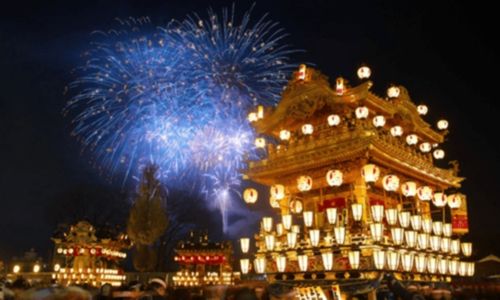
Chichibu unites tradition, festivals, and scenic serenity.
Environmental Factors and Lifestyle Quality
Japanese suburban areas are often praised for their fresh air, lush greenery, and an overall sense of peace and safety, qualities that set them apart from the hustle of urban centres. A shining example of life in Japanese suburbs is Chigasaki, a coastal city tucked along Kanagawa’s Shonan shoreline. Known for its relaxed atmosphere and wide sandy beaches, Chigasaki embodies the slower, more balanced rhythm of suburban living. As the birthplace of surfing in Japan, it draws both residents and travellers looking to enjoy the sea breeze, local cafes, and a genuine sense of community.
In contrast, Karuizawa, a highland town in Nagano, highlights the diversity of Japanese suburbs. Nestled among forested hills, this mountain retreat offers a refreshing change of scenery with its crisp air and seasonal beauty. Whether it’s hiking through wooded trails, cycling in the countryside, or simply unwinding in a cool climate, Karuizawa is an ideal escape for those seeking tranquillity and natural charm just a short trip from the city.
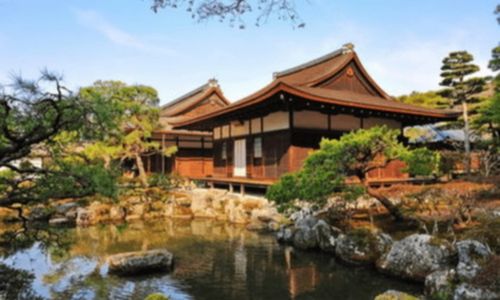
Suburban Japan offers sea breeze and mountain calm.
Urban Framework and Essential Services
Getting around suburban Japan is surprisingly smooth thanks to its well-connected and punctual public transit systems. Many towns have direct rail access to major cities, making daily commuting simple and time-efficient. Take Chichibu, for example, this quiet town in Saitama is linked to Tokyo via an express train route that gets you to the capital in under an hour and a half, offering both comfort and scenic views along the way.
What makes suburban life even more convenient is the thoughtful planning of essential services. These areas often feature a full range of amenities, schools, medical centres, supermarkets, and local shopping hubs, ensuring that residents don’t have to venture far to meet everyday needs. The mix of accessibility and livability makes Japan’s suburbs a smart option for families, professionals, and anyone seeking a balance between modern convenience and a calmer pace of life.
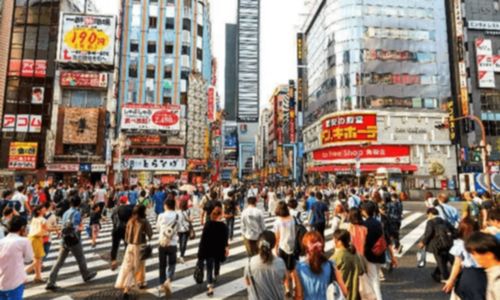
Suburban Japan blends convenience, comfort, and connectivity
Getting Around in the Suburbs
In suburban areas across Japan, getting around is both practical and easy. Many locals opt for bicycles or hop on the train as part of their daily routine, taking advantage of the country’s vast and well-organised rail system. These train lines efficiently link neighbourhoods to larger cities, making commuting smooth and reliable.
Where trains don’t reach directly, local buses step in to bridge the gap. These bus routes are thoughtfully planned, ensuring that even quieter corners of town stay well connected. The combination of cycling, trains, and buses creates a seamless travel network that supports the relaxed yet efficient lifestyle found in Japan’s suburbs.
Public Gatherings and Community Culture
Traditional Festivals
Many suburban towns across Japan celebrate their identity through traditional festivals that draw both locals and visitors alike. In Kawagoe, the annual autumn festival transforms the streets into a lively stage filled with grand wooden floats, colourful lanterns, and the rhythmic sounds of festival music. It’s a spirited event that brings neighbourhoods together and showcases centuries-old customs still alive today.
Over in Chichibu, the early winter sky lights up with one of Japan’s most impressive night festivals. Held each December, this event features towering floats pulled by hand through the town and a spectacular fireworks display that brightens the cold evening. It’s a powerful expression of local pride and community spirit.
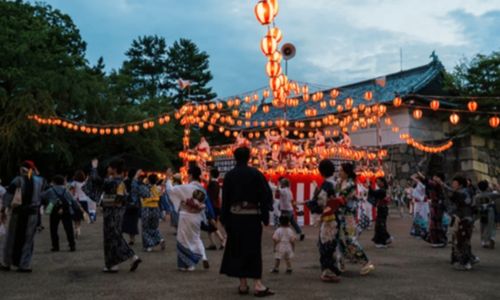
Festivals in suburbs celebrate tradition and unity.
Leisure Opportunities and Civic Activities
Life in Japan’s suburbs goes far beyond quiet living, it’s also shaped by vibrant community gatherings. Weekend markets, local fairs, and seasonal workshops are common sights, offering residents a chance to connect, learn, and celebrate their shared culture. These events often spotlight local artisans, food vendors, and performers, creating an inclusive and friendly atmosphere.
Many neighbourhoods also organise art exhibitions, cultural classes, and small-scale festivals in parks or shopping streets. These spaces, often at the heart of the town, help nurture strong bonds between residents and contribute to the welcoming, close-knit feel that defines suburban life in Japan.
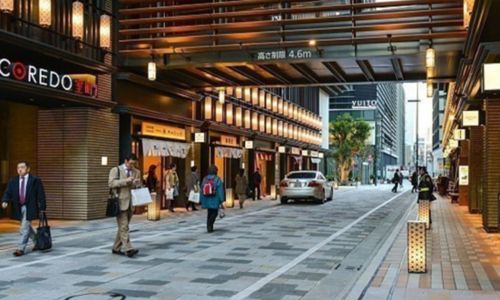
Suburban life thrives on community events and culture.
Must-Visit Suburban Destinations
If you’re looking to explore the unique charm of Japanese suburbs, here are four standout destinations, each offering its distinct atmosphere, culture, and lifestyle:
- Karuizawa (Nagano): A mountain resort town with cool climate, scenic landscapes, and outdoor activities year-round.
- Chigasaki (Kanagawa): A coastal city perfect for surfing, sunbathing, and a relaxed seaside lifestyle.
- Kawagoe (Saitama): A historic town with Edo-style architecture, traditional shops, and specialty sweets.
- Chichibu (Saitama): A cultural and natural haven, home to famous shrines, parks, and the beloved Chichibu Festival.
Conclusion
Japan’s suburban regions present a harmonious mix of cultural heritage and modern-day comfort, offering both scenic landscapes and a relaxed pace of life. For those looking to settle down or simply explore beyond the city, places like Kawagoe, Chichibu, Karuizawa, and Chigasaki provide a refreshing alternative to the urban rush.
If you’re considering relocating for work, study, or long-term residency and haven’t secured housing yet, feel free to contact Arealty.jp. Their dedicated team is ready to assist you in finding a residence that truly matches your needs and personal taste.

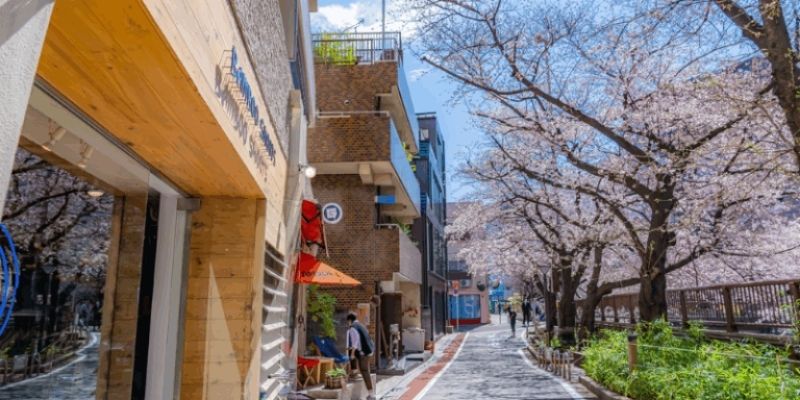



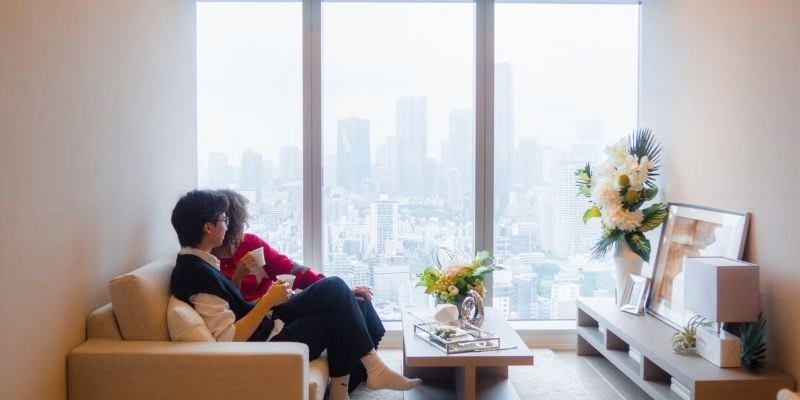
Leave a Reply